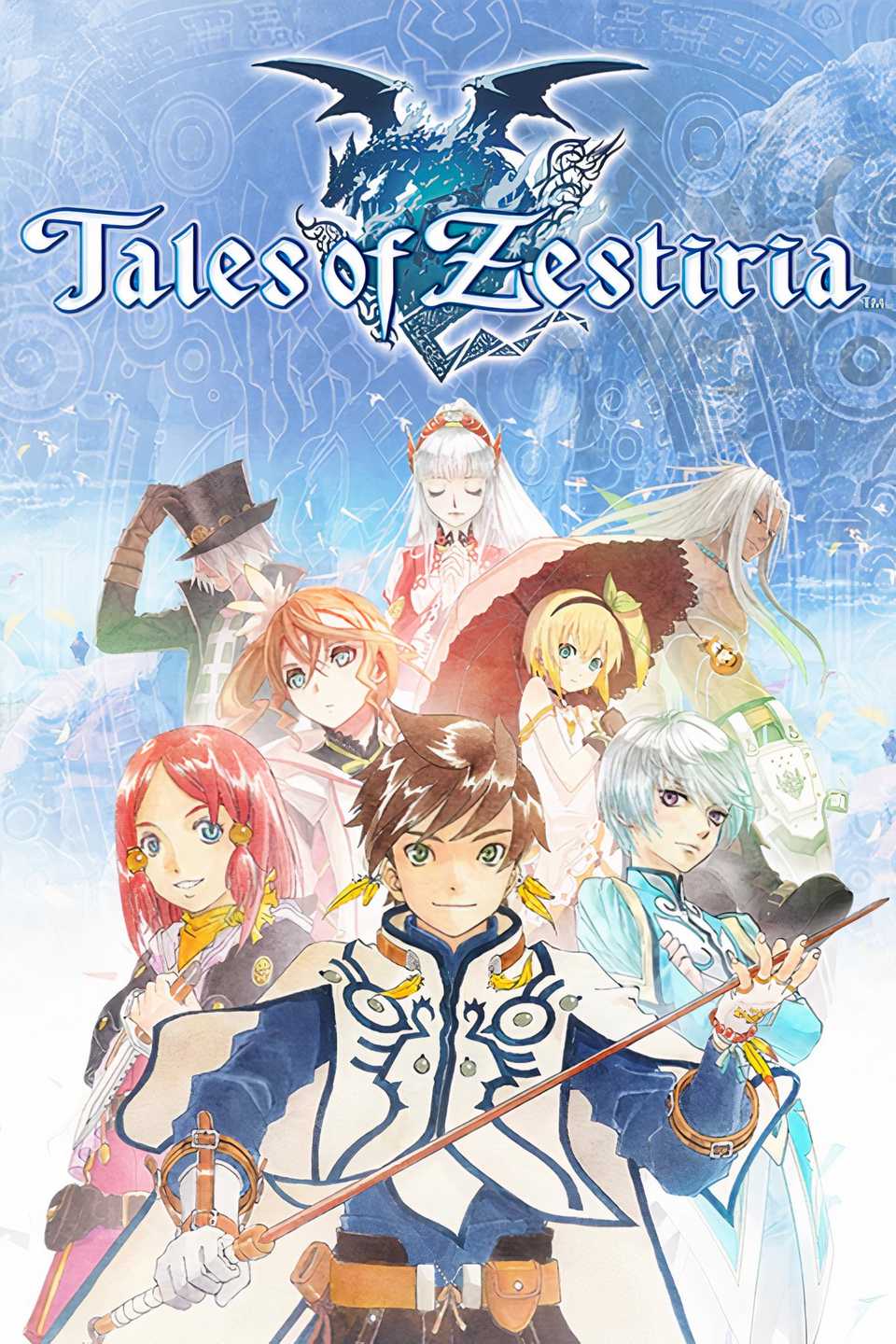I love JRPGs, but I didn’t grow up with them. My earliest forays into the genre weren’t until high school, when I started trying out games ranging from Final Fantasy 6 to Eternal Sonata. While I found the genre attractive, Chrono Trigger was my only early experiment that really stuck. Without a love for turn-based combat or frequent encounters, I found it all too easy to bounce off after a few hours.
A couple of years into my college career, I picked up Tales of Zestiria in a Humble Bundle, which was an unlikely candidate to win me over. I was partly inspired by a friend who loved the Tales series, but Zestiria had relatively weak reviews, and I later found out that my friend didn’t even like it. 10 years after Zestiria‘s release, I agree with her. Against all odds, though, Tales of Zestiria managed to convert me into a JRPG acolyte.
Tales Of Zestiria’s Combat System Hooked Me
More Than Just Button Mashing
The most obvious difference between Tales of Zestiria and JRPGs I had played previously was the lack of turn-based combat. For some hardliners, that disqualifies it as a JRPG entirely, a line that I’m not willing to draw. In Tales tradition, Zestiria features discrete combat encounters full of numbers and post-battle screens, but they play out as button-mashing action.
For me, this made a big difference, as did the general pacing of encounters. Zestiria is a slow game in other ways, but it doesn’t really bog down in combat. Even with the difficulty a notch above Normal, I was able to run past enemies whenever I didn’t feel like fights, and I often enjoyed the fights I did take on.
A lot of Tales fans don’t love Zestiria‘s combat. I do. As a matter of fact, Zestiria‘s combat system remains my favorite in the series. For a while, I was button mashing blindly, but the first real skill check forced me to get good. Once you embrace the full possibilities of the system, there’s a surprising amount of interesting strategy involved in beating its bosses.
Zestiria Is An Underwhelming JRPG In Most Regards
A World Of Cardboard Cutouts
Unfortunately, that’s roughly where my love for Tales of Zestiria ends. In virtually every other regard, I find Zestiria to be mediocre at best. From bland characters to boilerplate dungeons, Zestiria wears out its welcome well before the final boss fight.
By the time I finished Zestiria, I was thoroughly disappointed in the overall experience. The story never developed much, mostly hitting the replay button on the same basic themes throughout, and the world felt frustratingly hollow. NPCs are particularly disappointing, routinely spouting off dialogue about the basic political situation while rarely featuring any personality of their own.
After playing most of the game underleveled, the final boss left an additional sour taste in my mouth. Its first phase required damage to be done on a timer, which forced me to spam one move over and over rather than using the tactical know-how that brought me to that point, while the final phase proved to be disappointingly easy.
Tales Of Zestiria Led Me To So Many Great JRPGs
Symphonia Delivers What Zestiria Couldn’t
All the same, Tales of Zestiria taught me something valuable along the way. If I could occasionally have fun in a disappointing JRPG, there had to be more that I would truly love. I was already a fan of Chrono Trigger, but after bouncing off of other heralded masterpieces like Final Fantasy 6, I had assumed it was an anomaly.
I’ve played a lot more JRPGs since Zestiria. Some beloved titles still fail to click with me, but I’ve found plenty that I enjoy, ranging from the Atelier series to anything bearing the Xeno- prefix. After enjoying Final Fantasy 9 and 15 in some capacity, Final Fantasy 7 finally gave me a Final Fantasy experience that I truly love.
Zestiria also led me to other Tales games, including my favorite JRPG of all time, Tales of Symphonia. Unfortunately for Zestiria, the comparison point that Symphonia offers makes me appreciate it even less. Symphonia‘s charming world is packed with memorable characters, interesting towns, and clever dungeons, all of which highlight Zestiria‘s tendency to feel like an empty facade.
As a game, I kind of hate Tales of Zestiria, my love for the combat notwithstanding. I can’t hate it in its entirety, though, because it did get me here. I probably would have fallen in love with JRPGs sooner or later, but without Zestiria, it might have taken even longer. Considering how much retro game prices have spiked in recent years, I also might not have some of my favorite JRPGs for the PS1 and PS2 if I hadn’t gotten hooked when I did.
So thank you, Tales of Zestiria. I really can’t stand you, but you did the job that had to be done. It turns out that a nice art style, fun combat system, and Humble Bundle availability was the only push I really needed to embrace JRPGs. Tales of Zestiria‘s 10th anniversary will likely pass without much fanfare, but for my part, I can award it a few wilted flowers.

- Released
-
October 19, 2015
- ESRB
-
T For Teen Due To Alcohol Reference, Blood, Mild Language, Suggestive Themes, Use of Tobacco, Violence
- Developer(s)
-
Bandai Namco Studios
- Publisher(s)
-
Bandai Namco Studios
- Engine
-
Proprietary Engine
- Multiplayer
-
Online Multiplayer
- Franchise
-
Tales
- Steam Deck Compatibility
-
Playable




.jpg?q=49&fit=crop&w=825&dpr=2)

